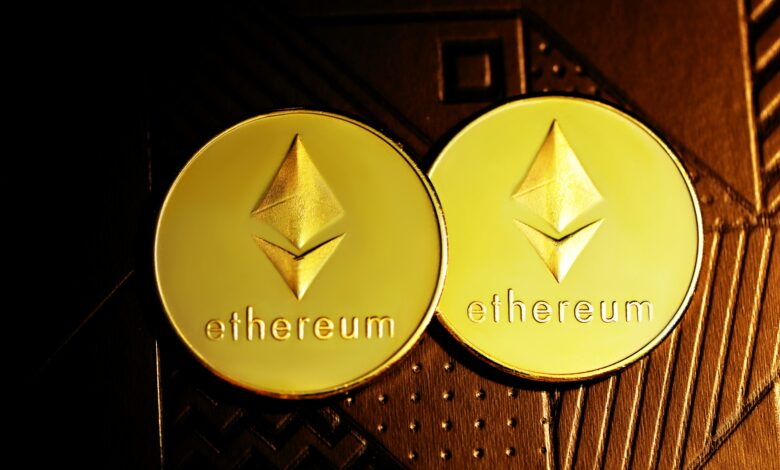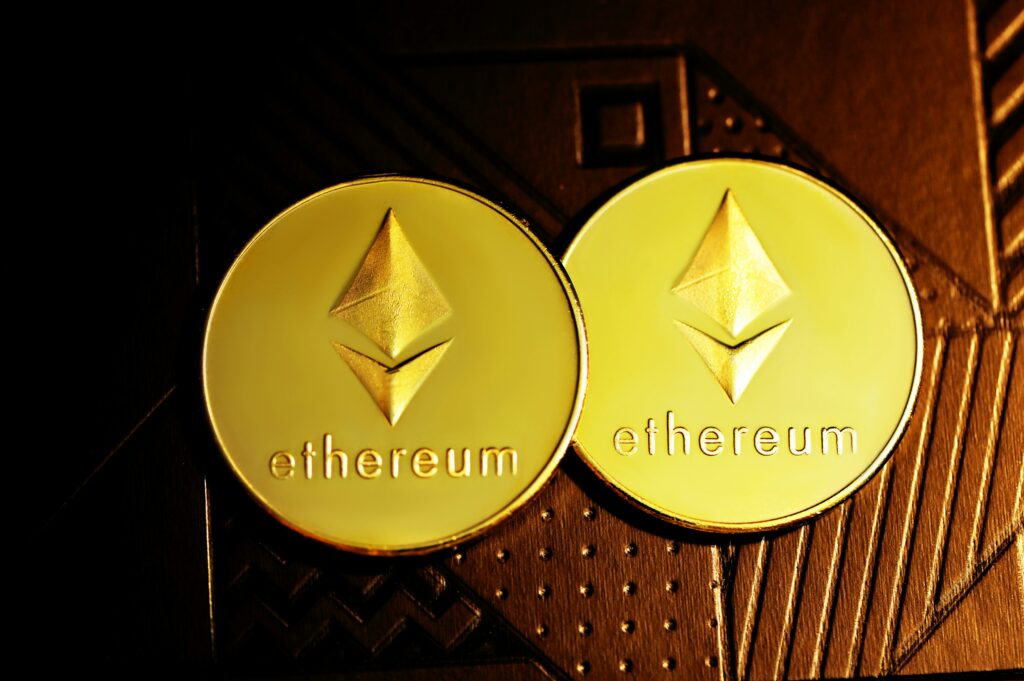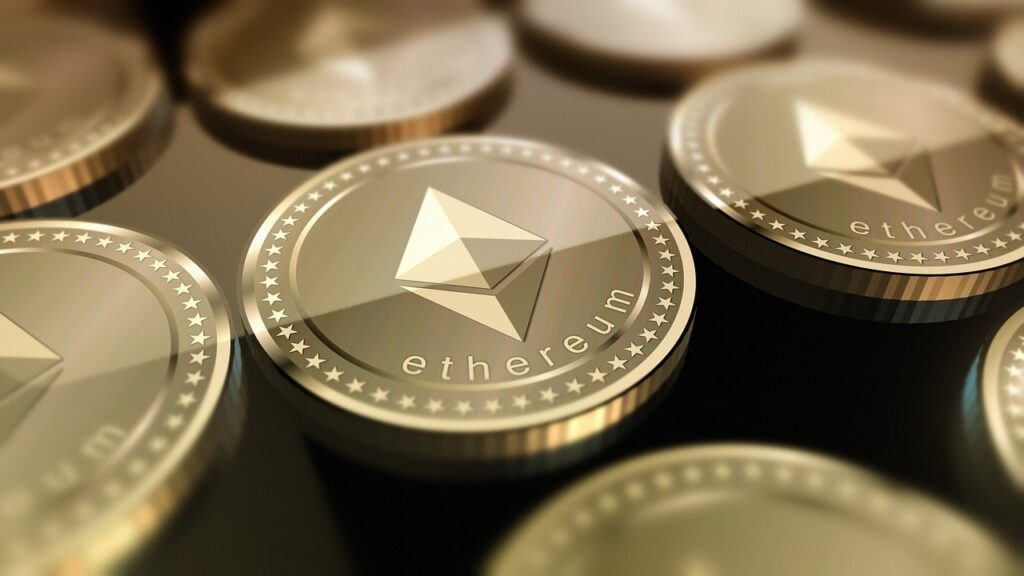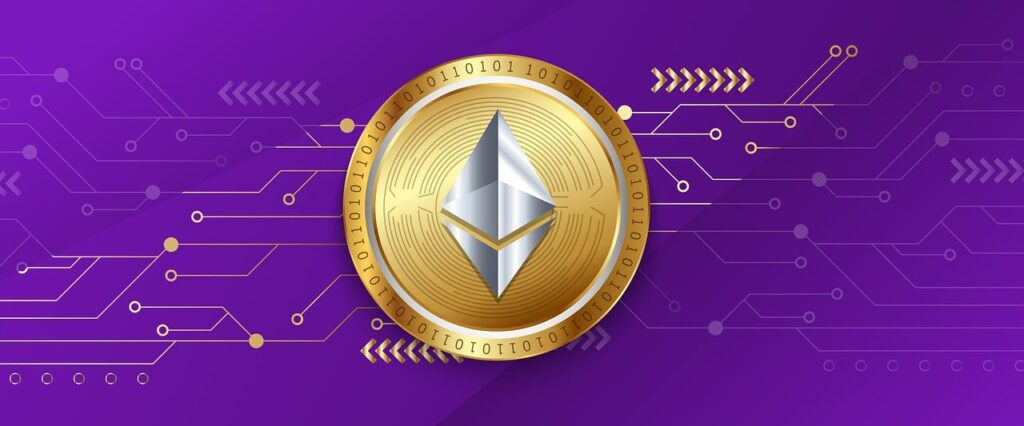ERC-20 Tokens vs Ethereum DApps: Key Differences Explained

Not all Ethereum-based assets are created equal. Understanding the core difference between ERC-20 tokens and Ethereum DApps is essential for investors, developers, and crypto enthusiasts. Let’s break it down simply. While they both utilize Ethereum’s blockchain, they serve different purposes and operate in unique ways. This article explores their fundamental differences, functionalities, and real-world use cases.
What Are ERC-20 Tokens?
ERC-20 is a widely used token standard on the Ethereum blockchain. These tokens follow a set of predefined rules, making them compatible with wallets, exchanges, and smart contracts.
Characteristics of ERC-20 Tokens:
- Fungible (each token is identical to another of the same type)
- Transferable between Ethereum addresses
- Used for payments, governance, and utilities within blockchain projects
- Examples include USDT, LINK, and UNI.
ERC-20 tokens are essential in the blockchain ecosystem, facilitating transactions within decentralized applications and enabling various functionalities like staking, governance, and liquidity provision. These tokens adhere to a smart contract protocol that defines essential functions such as balance inquiry, transfers, and approvals.
Due to their standardized format, ERC-20 tokens can be seamlessly integrated into Ethereum-based applications. Many initial coin offerings (ICOs) and decentralized finance (DeFi) projects utilize ERC-20 tokens to facilitate fundraising and ecosystem interactions. Their widespread adoption makes them a cornerstone of the Ethereum network.
However, ERC-20 tokens have limitations, such as high gas fees on the Ethereum network and the risk of smart contract vulnerabilities if not properly coded. Despite this, their ease of use and interoperability have made them a popular choice for developers and investors alike.

What Are Ethereum DApps?
Decentralized applications (DApps) are software applications that run on the Ethereum blockchain without intermediaries. These applications leverage smart contracts to automate processes.
Key Features of Ethereum DApps:
- Open-source and decentralized
- Smart contract-driven functionality
- Can be financial (DeFi), gaming, or marketplace-based
- Examples include Uniswap, Aave, and OpenSea , each of which exemplifies the potential of DApps to disrupt traditional industries. As the ecosystem continues to evolve, developers are finding innovative ways to enhance user experience and security, paving the way for broader adoption and more complex applications in the future.
DApps are the backbone of the decentralized web, enabling users to interact with blockchain technology without relying on central authorities. Unlike traditional apps that operate on centralized servers, DApps function on a distributed ledger, ensuring transparency, security, and censorship resistance.
One of the main advantages of Ethereum DApps is that they execute automated transactions through smart contracts. This allows users to lend, borrow, trade, and engage in digital interactions without intermediaries. As a result, developers can create innovative solutions that empower users and foster a more equitable digital economy. This shift not only enhances user autonomy but also paves the way for new business models that challenge traditional financial systems.
As a result, developers can create innovative solutions that empower users and foster a more equitable digital economy. This shift not only enhances user autonomy but also paves the way for new business models that challenge traditional financial systems. For example, Uniswap is a decentralized exchange (DEX) that enables peer-to-peer trading without a central authority, while Aave allows users to lend and borrow assets in a trustless environment.
Despite their benefits, Ethereum DApps face challenges such as scalability limitations and high transaction costs. Developers are continuously working on solutions like Layer 2 scaling to improve efficiency and reduce fees. The future of DApps is promising, as more industries explore blockchain integration for various applications beyond finance, including healthcare, supply chain management, and gaming.sing, as more industries explore blockchain integration for various applications beyond finance, including healthcare, supply chain management, and gaming.
Technical Differences Between ERC-20 Tokens and DApps
| Feature | ERC-20 Tokens | Ethereum DApps |
| Purpose | Digital assets used for various functions | Full-fledged applications with decentralized logic |
| Smart Contracts | Follows ERC-20 standard rules | Uses customized smart contracts |
| Execution | Simple transactions and transfers | Complex interactions and automation |
| Examples | USDC, DAI, BAT | Uniswap, Compound, Decentraland |
While both ERC-20 tokens and DApps operate on Ethereum, their technical implementation and use cases differ significantly. ERC-20 tokens act as digital assets that follow predefined rules within smart contracts. These rules govern how tokens are issued, transferred, and stored, ensuring compatibility across various Ethereum-based platforms.
In contrast, DApps use smart contracts to execute functions beyond simple transactions. A DApp consists of a front-end interface and a back-end powered by Ethereum smart contracts. Unlike traditional applications, DApps store data on a blockchain rather than centralized servers, ensuring greater security and immutability.
Another critical difference is execution. ERC-20 tokens follow a standardized protocol, making them easy to integrate across different projects. However, DApps require custom smart contract logic, which can be more complex to develop and audit. This complexity increases the risk of security vulnerabilities, as seen in past DeFi exploits.

Use Cases and Real-World Applications
ERC-20 Token Use Cases:
- Medium of exchange (e.g., USDT for payments)
- Governance and voting in blockchain projects
- Liquidity and staking rewards
Ethereum DApp Use Cases:
- Decentralized Finance (DeFi) lending platforms
- NFT marketplaces for digital assets
- Blockchain-based gaming platforms
ERC-20 tokens and DApps serve diverse purposes in the Ethereum ecosystem. Tokens act as digital currencies or governance tools, allowing holders to participate in decision-making. Meanwhile, DApps provide decentralized services, revolutionizing industries like finance, gaming, and supply chains.

Advantages and Limitations
Advantages of ERC-20 Tokens:
- Widely supported across exchanges and wallets
- Efficient for tokenizing assets
- High liquidity due to standardization
Limitations of ERC-20 Tokens:
- Limited functionality beyond transactions
- High Ethereum gas fees can make small transactions costly. Additionally, the reliance on the Ethereum network means that any congestion or technical issues can affect all ERC-20 tokens simultaneously, potentially leading to delays and increased costs for users. As the ecosystem evolves, developers are exploring solutions to mitigate these limitations while enhancing the overall utility of tokens within decentralized applications.
Advantages of Ethereum DApps:
- No intermediaries, increasing transparency
- More complex operations and automation
- Decentralization ensures resistance to censorship. These advantages foster a more efficient and secure environment for users and developers alike. As interest in decentralized applications grows, the Ethereum network continues to innovate, paving the way for a more robust and user-friendly experience in the blockchain space.
Limitations of Ethereum DApps:
- Smart contract vulnerabilities can be exploited.
- Scalability challenges due to Ethereum’s congestion
Conclusion
Both ERC-20 tokens and Ethereum DApps play crucial roles in the blockchain ecosystem. ERC-20 tokens primarily function as digital assets, while DApps provide decentralized solutions across various industries. Understanding their differences helps investors, developers, and users navigate the Ethereum blockchain more effectively.
Frequently Asked Questions (FAQs)
Can You Explain the Differences Between Ethereum ERC-20 Tokens and DApps Built on the Ethereum Blockchain with Smart Contracts?
ERC-20 tokens are digital assets that adhere to a standardized protocol, allowing for seamless integration across Ethereum-based platforms. These tokens are mainly used for transactions, governance, and DeFi applications. On the other hand, DApps are decentralized applications that operate autonomously using smart contracts. Unlike ERC-20 tokens, DApps provide a broader range of functionalities, including lending, borrowing, and trading, without intermediaries.
2. What are some examples of ERC-20 tokens and Ethereum DApps?
Popular ERC-20 tokens include USDT (Tether), LINK (Chainlink), and UNI (Uniswap). These tokens are primarily used in payments, governance, and DeFi applications. Ethereum DApps, such as Uniswap (DEX), Aave (lending platform), and OpenSea (NFT marketplace), leverage smart contracts to provide decentralized services without relying on traditional intermediaries.
3. How do ERC-20 tokens impact the Ethereum ecosystem?
ERC-20 tokens play a vital role in Ethereum’s ecosystem by enabling seamless transactions, fundraising (through ICOs), and governance. Many DeFi projects rely on ERC-20 tokens for liquidity pools and staking mechanisms, making them an integral part of decentralized finance.
4. Are Ethereum DApps secure?
Ethereum DApps are generally secure due to the decentralized nature of blockchain technology. However, vulnerabilities in smart contract code can lead to security breaches. It’s essential for developers to audit smart contracts thoroughly before deployment.
5. How do gas fees affect ERC-20 tokens and DApps?
Gas fees impact both ERC-20 transactions and DApp interactions. High gas fees can make transactions costly, affecting usability. Many developers are investigating Layer 2 scaling solutions to lower transaction costs and enhance efficiency. These solutions aim to alleviate congestion on the main Ethereum network and provide a more seamless experience for users. By reducing gas fees, developers hope to encourage greater adoption of ERC-20 tokens and DApps, ultimately fostering a more vibrant ecosystem.





2 Comments